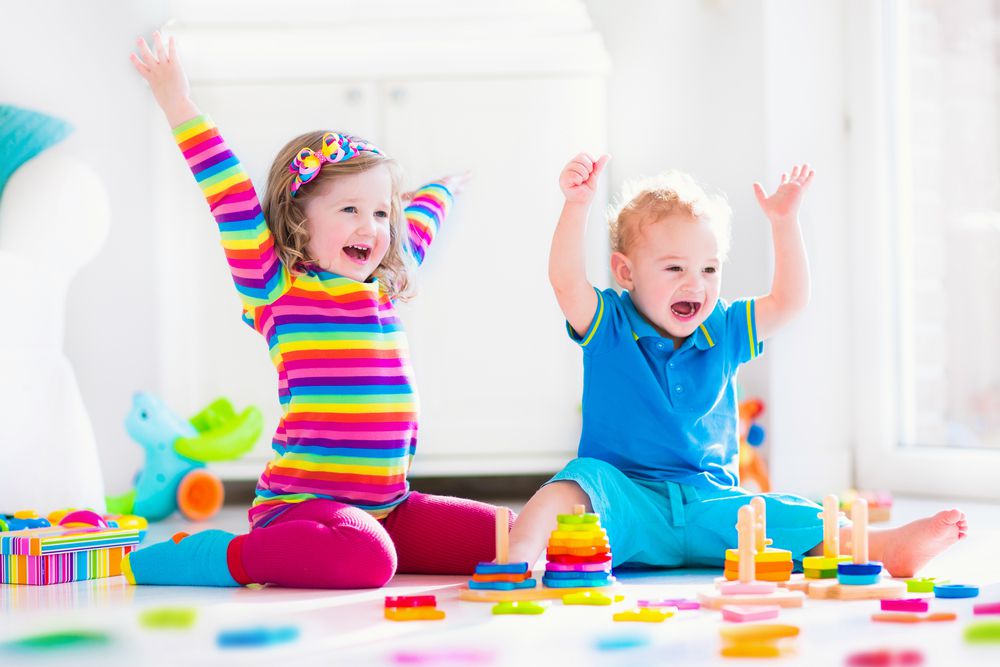
Introducing mathematics to your child can be an enjoyable and straightforward process. Mathematical concepts are present in our everyday language and activities, often without us even realizing it. For instance, we use terms like ‘big’ and ‘little’ to compare sizes, or we count the utensils when setting the table for a family meal.
Here are some enjoyable and uncomplicated methods to initiate discussions and foster mathematical skills with your young child.
Point to shapes
Engage your child in conversations about the shapes that surround you. During a leisurely walk together, you might spot a circular stone or a square sign. You can say, “See, the door on that house forms a red rectangle!” Introducing these fundamental spatial awareness skills, including concepts like shape, size, space, and direction, will lay a solid foundation for your child’s future studies, particularly when they delve into geometry at school.
Count it out
Gather some petite items like shells or beads and engage in counting them aloud together. For instance, you can say, “Look! We have one, two, three, four, five orange beads.” Additionally, you can group them into sets, saying, “Let’s create three piles, each with three buttons.” This approach serves as an excellent introduction to fundamental numerical concepts and operations such as addition, subtraction, multiplication, and division. It’s worth noting that you don’t necessarily need objects for counting; you can also practice counting with your child by having them count the number of steps they take or how many times they clap their hands, counting aloud as they do so.
Play a sorting game
Establishing an understanding of patterns and relationships early on provides a solid basis for grasping equations in the future. To introduce these concepts to your young child in a fun and engaging manner, consider playing a sorting game using household objects. For instance, you can say, “Let’s place the red lentils in this basket and the green ones in the other.” Alternatively, you can arrange the objects to form patterns like, “Let’s create a sequence of lentils: red, green, red, green.”
Have fun in the kitchen
Cooking together presents a wonderful chance for your child to delve into the realms of measurement and counting. It’s essential to assign tasks suitable for their age and closely supervise them as you collaborate on your culinary project. During the cooking process, discuss the quantities of ingredients required for the meal and demonstrate how to measure them. If you’re preparing a snack, count the food items on your plate together, saying, “We have one, two, three, four berries in our snack.” This hands-on experience will help them grasp these fundamental mathematical concepts.
Build a tower
Stacking various objects aids young children in developing their abilities to estimate size and comprehend the connections between objects of different sizes. You can collaborate on building a tower using materials like blocks, empty boxes, or child-safe items found around the house that stack easily. While constructing the tower, engage in conversations about how the pieces fit together on top of one another, and if the tower happens to topple, discuss why it happened. Challenge yourselves to see how high you can build it!
Compare and contrast
Pay attention to the sizes of objects you encounter in relation to one another, and involve your child in this activity. Places like a market or food store offer excellent opportunities for this. You can say, “Look, this mango is significantly larger than that one.” Additionally, encourage your child to identify which item they believe is smaller or larger. This engaging exercise will assist your toddler in developing crucial spatial awareness and measurement skills.


